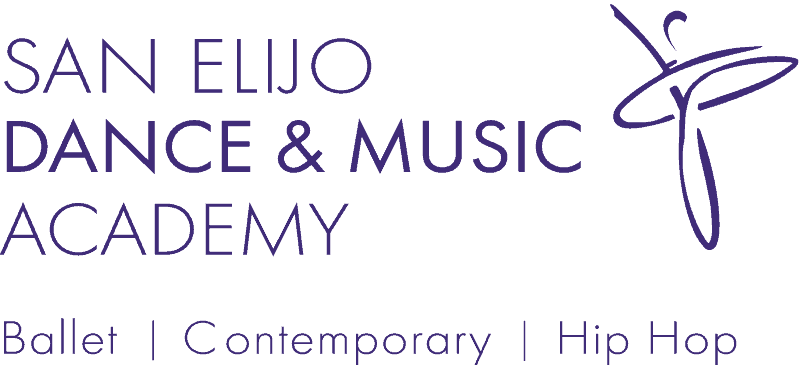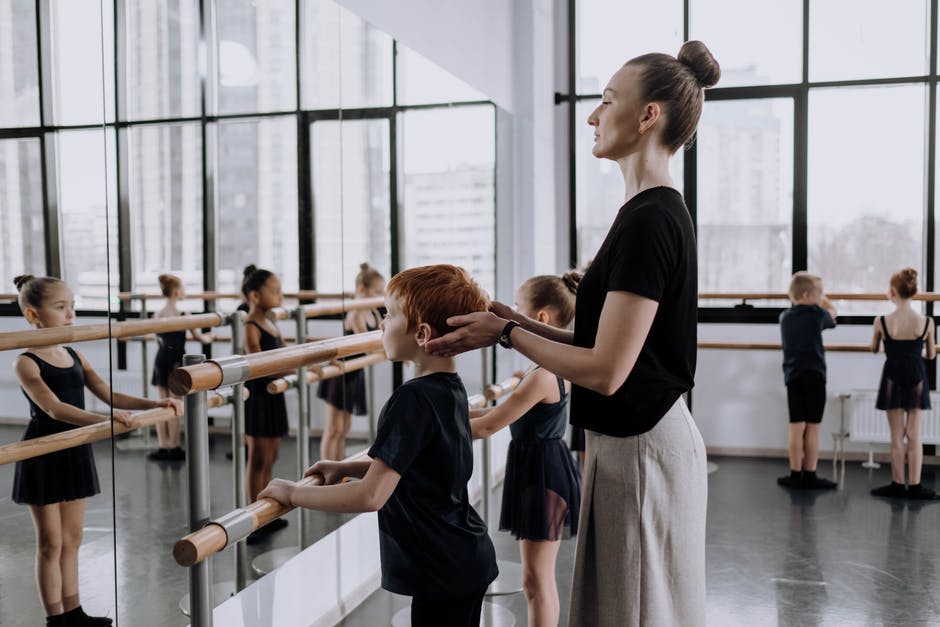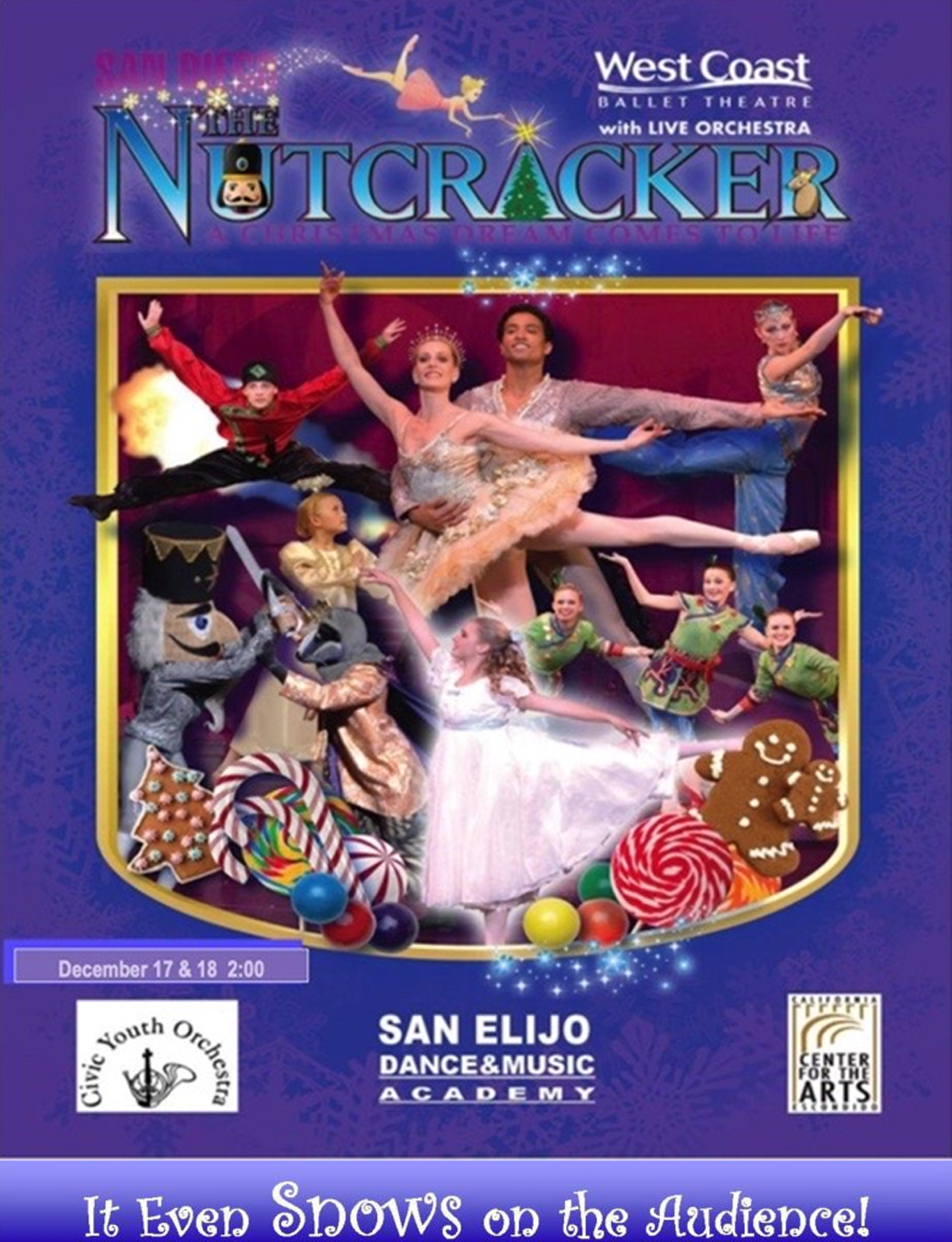When the first known dance school was opened in 1661 in Paris, it was a course of study strictly intended for men. For twenty years, adult men were the only students accepted to become classically trained, until women were welcomed in 1981.
Now, dance is an art studied and enjoyed by men, women, and children all over the world. A recent study suggests that at least 36% of youth utilize dance as their most common choice of physical activity.
Are you feeling overwhelmed with the types of dance class offered at your local dance studio? Wondering which class will be the best fit for your child? Read on for an overview of popular dance class types and how to choose a dance class for your young dancer.
Ballet Dance Class
Classical ballet is a very technical form of dance that is taught with its own strict vocabulary. Traditional ballets are usually performed to classical music. It is an incredibly posture-heavy form of dance and will eventually progress to dancing on pointe– supporting all body weight on the tips of fully extended feet within pointe shoes.
Youngest Dancers Classes
The earliest classes available to young dancers are structured by age limit, rather than skill. Primary (3-4 years of age), Pre-K (4-5 years of age), Kinder (5-6 years of age) and Elementary (age 6-7) classes allow children to learn at the appropriate pace.
In these classes, children learn about:
- Rhythm
- Coordination
- Exercise
- Independence
For children ages 3-6, socializing and learning the fundamentals of classical ballet set them up for years of success.
Youth Ballet Dance Class
Youth ballet levels are for progressing young dancers learning the steps and techniques of the classical ballet canon. Once dancers reach Ballet 4 (of 5 Youth levels), they graduate with their first pair of pointe shoes. Ballet technique includes learning:
- First Position
- Second Position
- Third Position
- Fourth Position (and Fourth Position Side)
- Fifth Position (and Fifth Position Side)
- Plie
- Relave
- Saute
Teens may continue on with their ballet study when enrolled in intermediate teen classes.
Pre-Professional and Conservatory Ballet Programs
The most ambitious of dancers require additional instruction and curriculum that prepares them for a career with touring and local professional companies. Pre-professional and conservatory-track students tend to focus on:
- Pointe
- Variations
- Contemporary dance
- Jazz dance
- Nutrition
- Injury prevention
- Conditioning
- Ballet history
- Audition preparation
Pre-professional and conservatory ballet dancers participate in productions like the Nutcracker and regular Showcase opportunities.
Lyrical Dance Class
Lyrical dance combines elements of contemporary dance and ballet. In a lyrical dance class, instructors prioritize group choreography and expressing emotion through dance. Dancers often perform to popular music.
Though similar to contemporary dance classes, lyrical dance must contain elements of ballet and jazz techniques within the choreography. Upper body movements often echo traditional African dance forms.
Contemporary Dance Class
Contemporary dance involves a great deal of group choreography and pop or modern instrumental music. It tends to be a combination of lyrical, modern dance technique, and ballet with a highly creative edge. Because it stresses improvisation and the use of floorwork, it can be an enjoyable departure from classical ballet.
Though similar to lyrical dance classes, contemporary dance does not need to contain elements of ballet and jazz technique within the choreography to be recognized by a judging panel.
Hip Hop Dance Class
Hip-hop dance is technically a type of fusion dance that combines elements of popping, locking, swing dance, breakdancing, jazz, ballet, and tap dancing. In hip hop dance class, dancers learn the technique behind the street-style dance that has become so popular. It is most commonly performed to music like:
- Classic hip-hop music
- R&B
- Funk
- Electronic music
- Pop music
Hip-hop dance is based on the foundations of traditional African dance. It originated in the late 60s and early 70s and has since evolved throughout the United States as distinct East and West Coast styles.
Hip-hop encourages freestyle elements, though contains its own style of choreography. Though hip-hop dancers learn strict style-based technique, it’s a style of dance that provides a space for dancers to let loose and express themselves creatively through movement and music.
Jazz Dance Class
Jazz dance originated at the turn of the 20th century. This dance was popularized on dance floors by big bands during the swing era of the 1930s and 1940s. Jazz dance blends technique from dances like:
- Ragtime
- Charleston
- Lindy hop
- Shimmy
- Mambo
Jazz dance adapted from African ritual and celebratory dances of the seventeenth century as well as Caribbean traditional dance. An element of improvisation is heavily implemented.
Jazz dance is a popular style within musical theater and commercial work, and can be seen in popular movie choreography. Don’t worry– dancers often dance to various forms of pop music rather than just jazz!
Learn More About the Types of Dance Class Offered at San Elijo Academy
At San Elijo Dance And Music Academy, children thrive in a safe and fun environment. While developing artist excellence and precision performance, dancers are learning lifelong skills of confidence, poise, strength, and self-expression.
It is never too late to get your child involved in dance. Once you review the types of dance class offered at San Elijo Dance And Music Academy, talk to your child about their preferences. If they are unsure about the best class for them, we welcome you to register for a complimentary trial in as many classes that pique your interest.
Register for a free introductory class and experience the wonders of dance!


